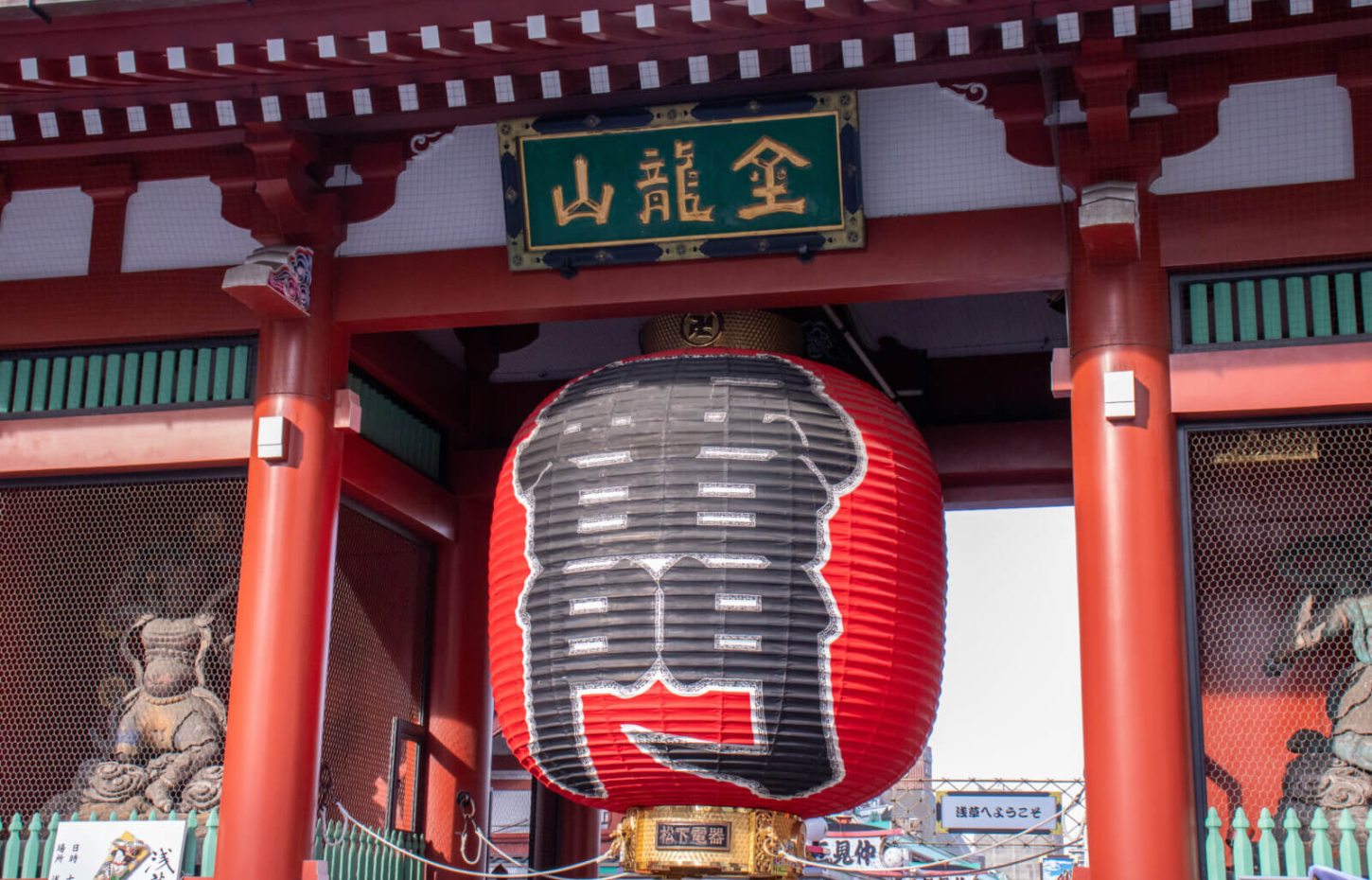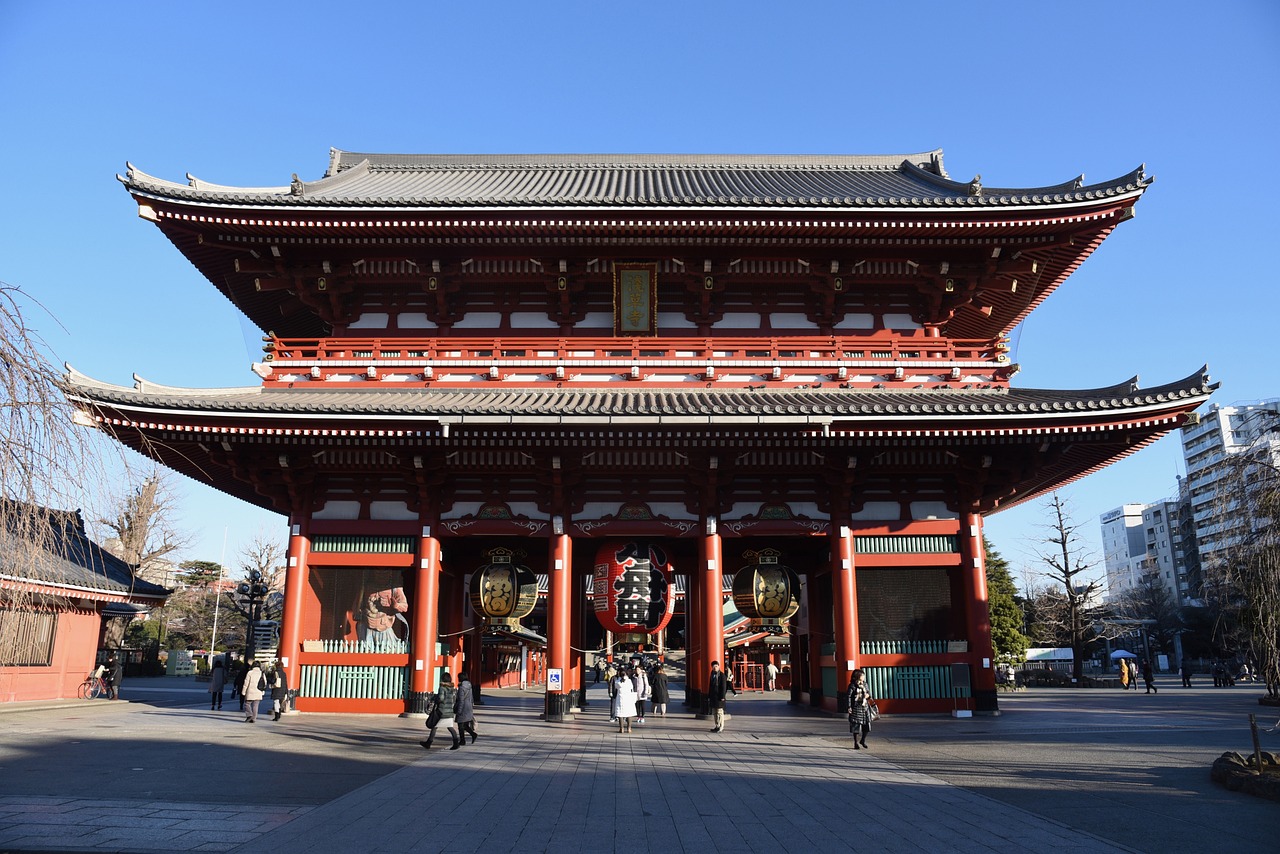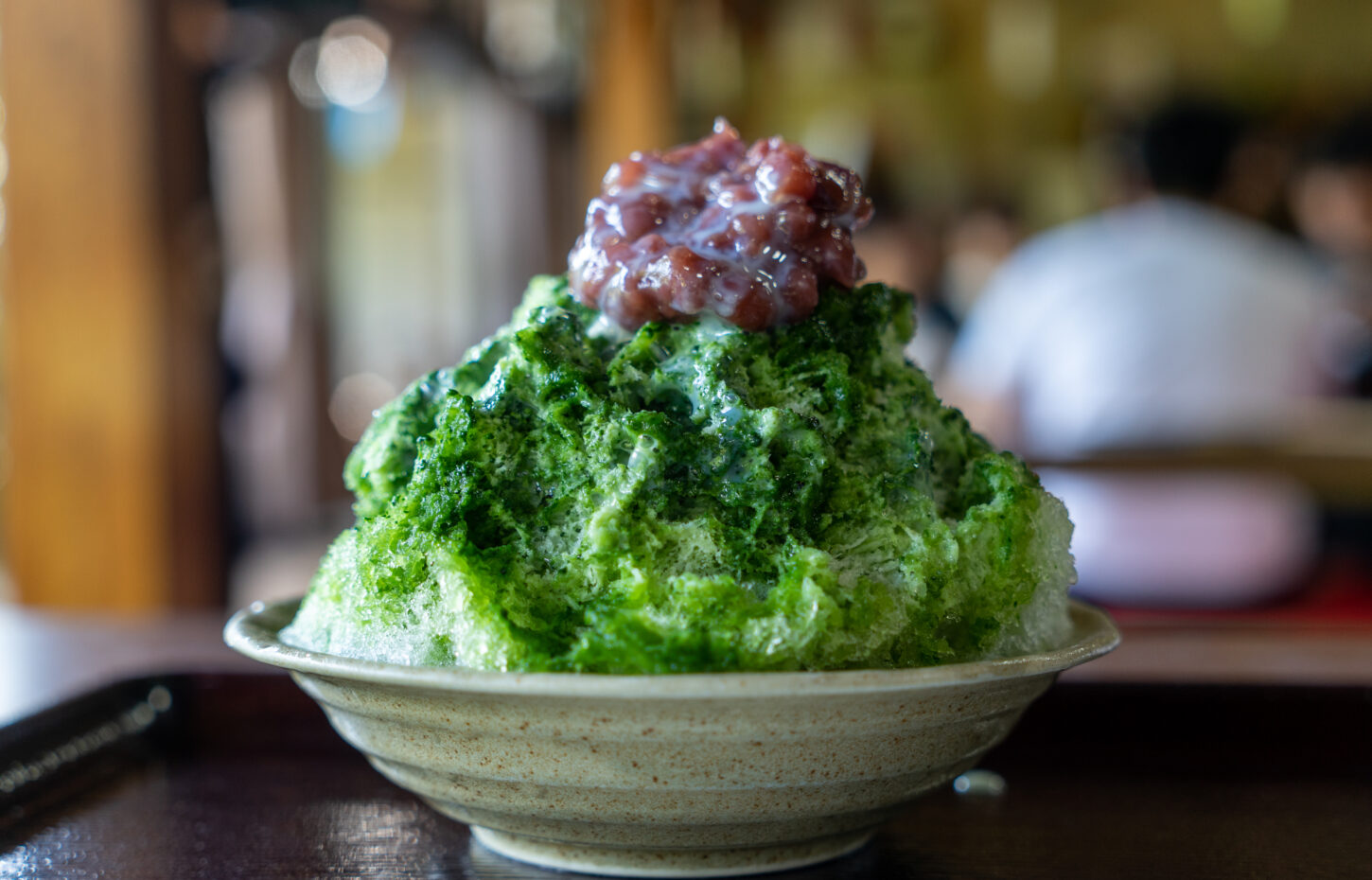
What Is the Origin of Asakusa’s Place Name? 【Thorough Explanation】Three Prominent Theories and Unfamiliar History

3. The Deep Connection Between the Origin of ‘Asakusa’ and Senso-ji Temple
When discussing the origin of the name ‘Asakusa,’ the existence of the symbol of the area, Senso-ji Temple, cannot be separated. Did the place name come first, or was the temple’s founding the trigger? Here, we will explain the deep relationship between the place name ‘Asakusa’ and Senso-ji Temple.
3.1 The theory that the founding of Senso-ji Temple triggered the place name
There are various theories about the origin of ‘Asakusa,’ but one influential view is that the founding of Senso-ji Temple played a major role in establishing the name. The history of Senso-ji is very old, dating back to the Asuka period.
According to the official legend of Senso-ji, the “Senso-ji Engi,” in the 36th year of Emperor Suiko (628), brothers Hinokuma Hamanari and Takenari were fishing in the Sumida River when they caught a statue of Buddha in their net. This statue is now the principal deity of Senso-ji, Kannon Bosatsu. The sacred image was enshrined in the home of the local landowner, Haji Manakachi, and this is considered the beginning of Senso-ji.
This is the theory that the place where the sacred Kannon was enshrined became known as ‘Asakusa’. Unlike the terrain or language-based theories, this one suggests that people’s faith created the place name, emphasizing Asakusa’s long history as a center of Kannon worship.
3.2 The connection between Kannon and ‘Asakusa’
Understanding the deep connection between Senso-ji Temple and the place name ‘Asakusa’ involves an important theory: the Tibetan language origin theory. According to this, ‘Asakusa’ is derived from the Tibetan phrase ‘Asha Kusha’.
‘Asha Kusha’ means ‘a sacred dwelling’ or ‘the sacred land of Kannon.’ This is a fitting name for the place where the sacred Kannon Bosatsu is enshrined at Senso-ji. Words related to Buddhism, especially Kannon worship, are believed to have evolved over time into the sound ‘Asakusa,’ which then became the place name.
Thus, the place name ‘Asakusa’ is closely linked to the historical background of Senso-ji’s founding and Kannon worship. Exploring the origin of the name is also a journey into understanding the culture and the spiritual foundation of Asakusa.
| Item | Details |
|---|---|
| Mountain Name | Kinryūzan (Golden Dragon Mountain) |
| Founding Year | 36th year of Emperor Suiko (628) |
| Main Deity | Kannon Bosatsu (Sacred Kannon) |
| Official Website | Senso-ji Temple Official Site |
4. Unveiling the Unknown History of Asakusa from the Origin of Its Name
The name ‘Asakusa’ not only has a phonetic appeal but also tells a story of its deep historical layers. Here, we will trace the journey from the landscape that inspired the name to the development of Asakusa into a leading entertainment district in Japan.
4.1 Before the Edo period: Asakusa as a fishing village
It is hard to imagine from its current bustling scene, but Asakusa was once a quiet fishing village along the Sumida River. The landscape of ‘wetlands with shallow grass’ as described in the terrain-based theory reflects what Asakusa looked like during that era. A significant change came with the establishment of Senso-ji, founded in the Asuka period. As a sacred site dedicated to Kannon, it gradually attracted people, forming a small settlement.
4.2 Development into Edo’s largest entertainment district
The history of Asakusa took a major turn during the Edo period. When Tokugawa Ieyasu established the shogunate in Edo, Senso-ji was designated as a prayer hall for the shogunate, and the surrounding town grew rapidly. The Great Fire of Meireki in 1657 was a pivotal moment that shaped Asakusa’s destiny.
After this fire, the shogunate’s urban planning moved the Yoshiwara red-light district and the theater districts from Nihonbashi to Asakusa. This transformed Asakusa into a bustling entertainment hub, attracting not only pilgrims but also those seeking leisure. The table below summarizes the main factors that contributed to Asakusa’s development as an entertainment district.
| Era | Development Factors |
|---|---|
| Early Edo Period | Senso-ji designated as a prayer hall for the shogunate, and the town was developed accordingly. |
| After 1657 | Post-Great Fire, the Yoshiwara district moved in, strengthening its role as an entertainment center for commoners. |
| Mid Edo Period | Kabuki theaters, including the Saruwaka-za, gathered in Asakusa, making it a cultural hub. |
4.3 From the Meiji era to modern times: the heart of downtown culture
Even as Japan moved into the Meiji era, Asakusa continued to thrive as a town for common people. In 1883 (Meiji 16), the Senso-ji precinct was turned into “Asakusa Park,” featuring showhouses, restaurants, and Japan’s first permanent movie theater, “Denki-kan,” fostering new popular culture.
However, the subsequent history was not smooth. The Great Kanto Earthquake and the Tokyo air raids during World War II caused devastating damage to Asakusa. Nevertheless, the vitality of its people was never lost, and the area repeatedly recovered splendidly. Today, although entertainment has shifted elsewhere, Asakusa still retains the Edo atmosphere and downtown culture, attracting many visitors from Japan and abroad. For more details on its history, please visit Taito City Official Website.
5. Conclusion
This article explored three prominent theories about the origin of Asakusa’s name and their historical backgrounds. While theories include terrain-based, Ainu language, and Tibetan language origins, none are definitively established. However, all are closely related to the founding of Senso-ji and the landscape along the Sumida River. Unraveling the mystery of the place name allows us to appreciate the deep charm of Asakusa, a cultural hub that has continued since the Edo period.
About Miyakodori
Since its founding in 1950, Miyakodori has consistently offered authentic geisha entertainment.
The only inn in Asakusa with a former geisha who has over 55 years of experience as a geisha.
Experience genuine geisha culture at Miyakodori.










No comments yet.